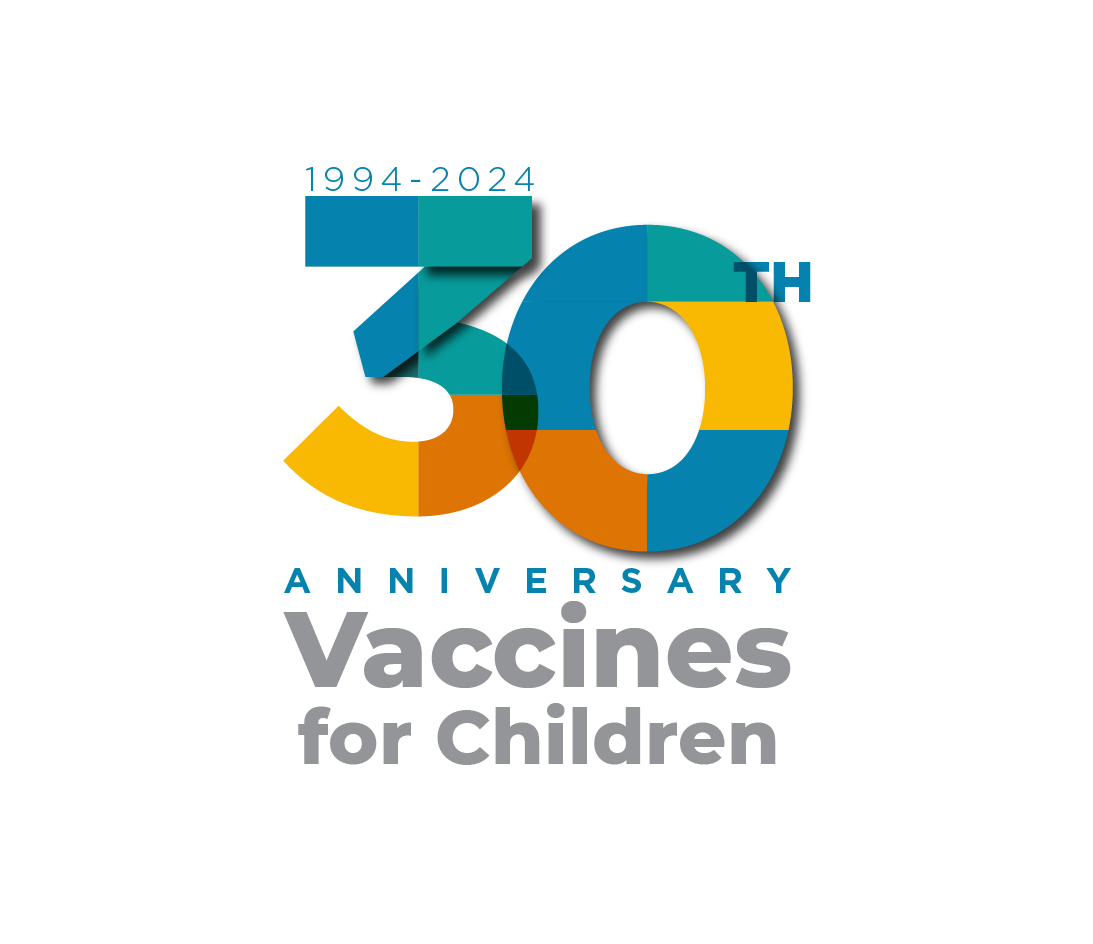
A child is eligible for the VFC Program if they are younger than 19 years of age and are one of the following: Uninsured, Medicaid-eligible or Medicaid-enrolled, American Indian or Alaska Native, or Underinsured

Children who do not have health insurance qualify for vaccines through the VFC Program.
Children ages 18 years or younger who are enrolled in a Medicaid program or are eligible for Medicaid can receive VFC Program benefits. However, children who are enrolled in a separate CHIP program are considered insured and do not qualify for VFC Program benefits.
For more information on being a Medicare provider under the VFC Program, see "Medicaid Providers Can Enroll in the VFC Program" section.
Children who are American Indian or Alaska Native qualify for vaccines through the VFC Program as defined by the Indian Health Care Improvement Act (25 U.S.C. 1603)
"Underinsured" is defined as a child:
Underinsured children are eligible to receive VFC Program vaccine only through a Federally Qualified Health Center (FQHC) , or Rural Health Clinic (RHC) or under an approved deputization provider location agreement.
Children whose health insurance covers the cost of vaccinations are not eligible to receive VFC Program vaccines. This also applies if an insurance carrier denies a claim to pay for the cost and administration of the vaccine because the plan's deductible had not been met.
All VFC Program providers must screen for a child's eligibility to receive vaccines through the VFC Program and record the screening results during each visit. The patient eligibility screening record provides a means of recording parent responses to VFC Program eligibility questions. The parent, guardian or provider may complete this form. Verification of parent/guardian responses is not required.
Providers may choose to include these screening questions on their existing screening form; however, any changes must include the core screening information listed on the patient eligibility screening record and be approved by the State Immunization Program.
Patient eligibility screening records should be maintained on file for a minimum of 3 years, unless state law/policy establishes a longer period.
The largest category of children eligible for the VFC Program is Medicaid-enrolled children. If you are a Medicaid Provider, there are many aspects of Medicaid that you should be aware of and how Medicaid and the VFC Program work together.
Each State Medicaid program can set their own policies within the national guideline set by the Federal Government. However, because the VFC Program is funded through the Centers for Medicare and Medicaid Services (CMS), it falls within the Medicaid law. All State Medicaid programs across the United States encourage their participating physicians to enroll in the VFC Program.
Sometimes a parent or guardian may not know whether their child is enrolled with Medicaid. Even if the child does not have health coverage, you can still provide free vaccines and refer them to a State Medicaid Agency to help determine their status. By enrolling as a VFC Program Provider, you will be able to expand your practice in providing free vaccines to children who need them.
If you are a VFC Program provider who is not a Medicaid provider, you are not required to become a Medicaid provider to receive publicly purchased vaccine. However, you must become a Medicaid provider in order to receive payment from Medicaid for vaccine administration services provided to Medicaid-eligible children. A VFC Program provider cannot charge for vaccine supplied by public sources.
To learn more about the steps necessary to become a Medicaid provider, consult your State Medicaid agency.